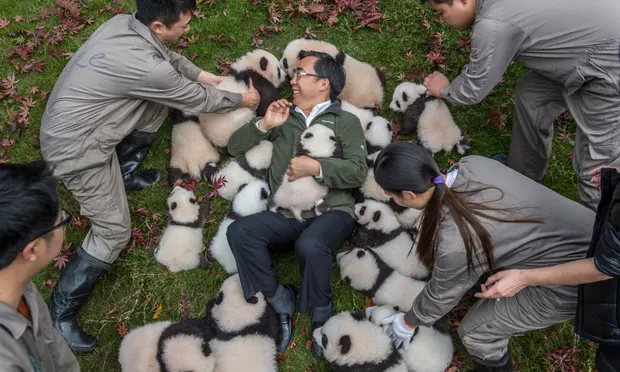The arrival of a newborn animal at a zoo is always a cause for celebration. These tiny, helpless creatures, often referred to as “zoo babies,” bring a sense of wonder and joy to both visitors and staff alike. But beyond the cute faces and playful antics, there is a serious side to these births. They represent a significant achievement in the field of conservation biology, showcasing the success of breeding programs and the commitment of zoos to the preservation of endangered species.
The Science of Breeding Programs
Zoos around the world participate in breeding programs designed to ensure the genetic diversity and sustainability of captive populations. These programs are carefully managed by scientists and zookeepers who use genetic data to make informed decisions about which animals should breed. The goal is to mimic natural breeding patterns as closely as possible while avoiding inbreeding and maintaining a healthy gene pool.
The process begins with the selection of genetically compatible pairs. Once a match is made, zookeepers create the ideal environment for mating to occur. This can involve everything from adjusting the temperature and lighting to simulate the animal’s natural breeding season to providing specific diets that encourage reproductive health.
The Birth
The birth of a zoo baby is a momentous occasion, often watched closely by a team of veterinarians and animal care specialists. In some cases, the birth is monitored via CCTV to minimize stress to the mother. If complications arise, the team is ready to step in and provide assistance, using advanced medical techniques and equipment.
For many species, the mother is well-equipped to handle the birth on her own. However, some animals, especially those that are critically endangered or have complex birthing processes, may require intervention. The health and safety of both the mother and the baby are the top priorities.
The Joy of New Life
The arrival of a new baby brings an influx of visitors eager to catch a glimpse of the new arrival. This public interest serves an important educational purpose, raising awareness about the species and the conservation challenges they face in the wild. Zoos use these opportunities to educate visitors about the importance of protecting habitats and supporting conservation efforts.
Zoo babies also play a crucial role in the emotional connection people feel towards animals. By fostering empathy and understanding, these adorable newborns can inspire a lifelong commitment to conservation in the hearts of visitors, especially children.
The Future of Conservation
While the birth of a zoo baby is a joyous event, it is also a reminder of the challenges faced by many species in the wild. Climate change, habitat loss, poaching, and pollution are just a few of the threats that endanger the survival of species worldwide.
Zoos contribute to conservation by not only breeding animals but also by reintroducing them to the wild when possible. Many zoos are involved in reintroduction programs that aim to bolster dwindling populations with genetically diverse individuals. These efforts are critical to the long-term survival of species and the health of ecosystems.
In conclusion, the birth of a zoo baby is much more than a heartwarming event; it is a testament to the dedication of zookeepers, veterinarians, and conservationists who work tirelessly to ensure the future of endangered species. Through careful management and innovative conservation strategies, zoos are playing a vital role in the fight to preserve biodiversity for generations to come.
